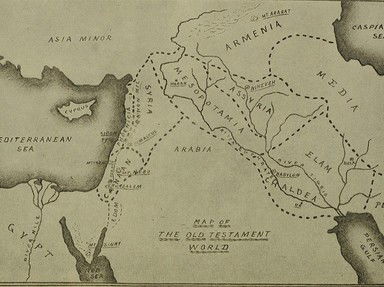
It Will Belong To Us Trivia Quiz
Ancient Invaders of Palestine
The geographic location of Palestine has played a crucial role in its development. Serving as a crossroads between Africa and Asia, as well as a birthplace of world religions, the ancient land was highly coveted and changed hands many times.
An ordering quiz
by ponycargirl.
Estimated time: 3 mins.